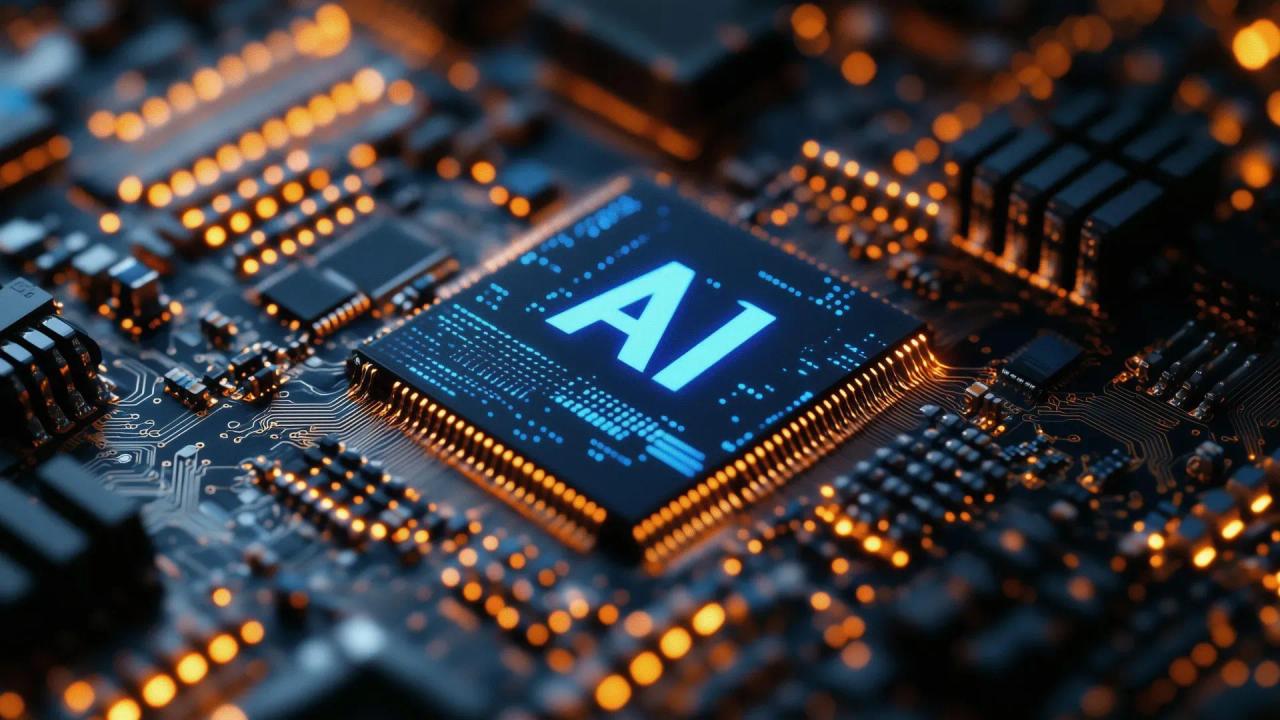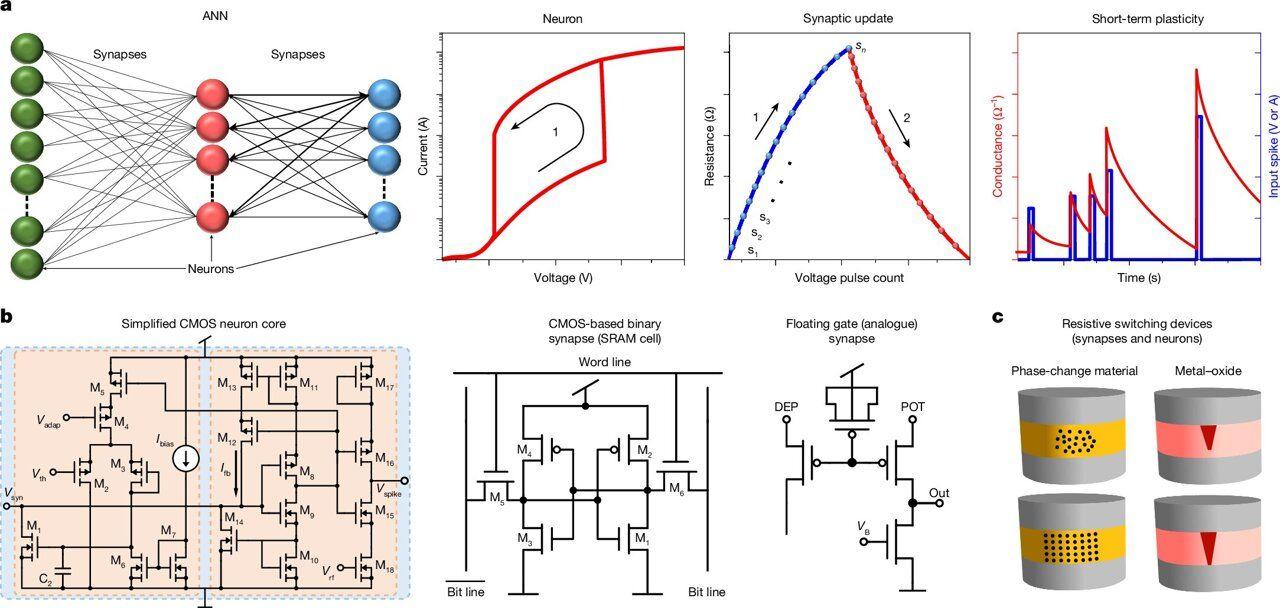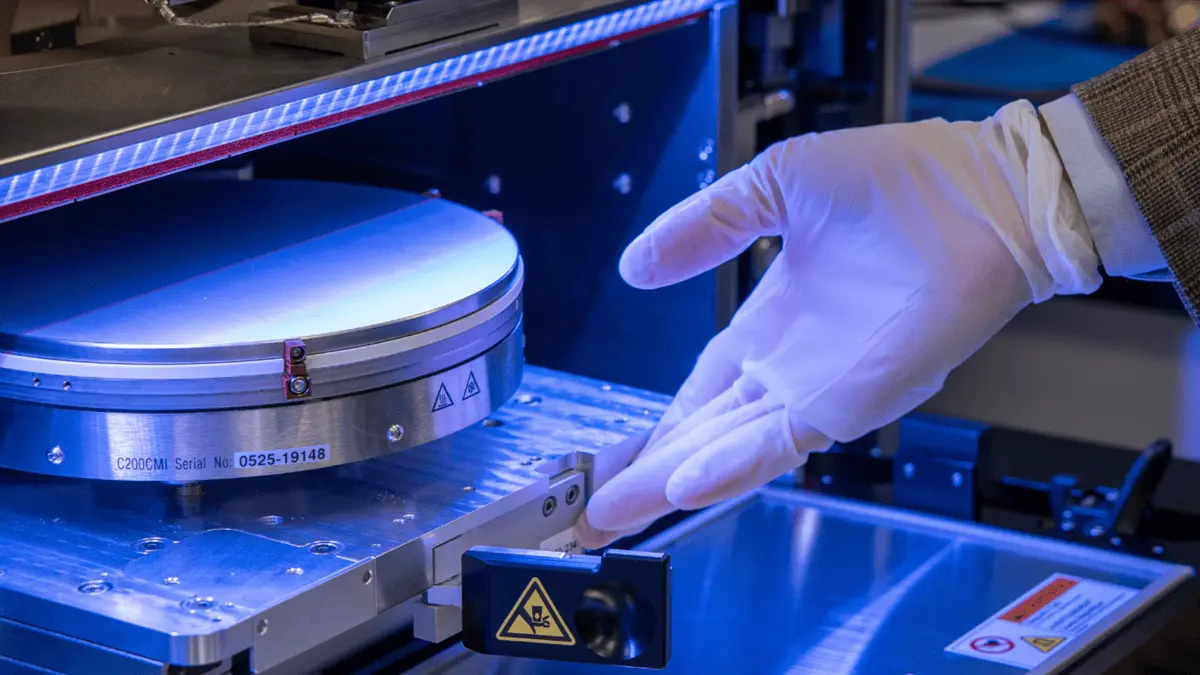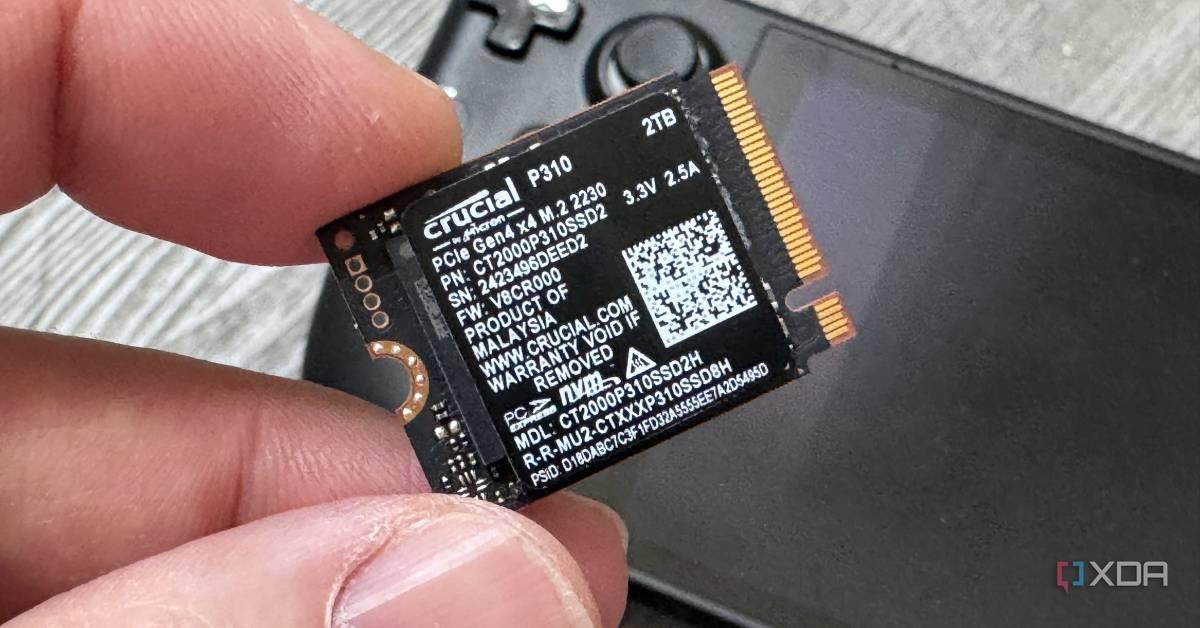Breakthrough in AI Memory Technology: ECRAM's Hidden Mechanisms Unveiled
2 Sources
2 Sources
[1]
Hidden mechanisms in next-generation AI memory device
Professor Seyoung Kim and Dr. Hyunjeong Kwak from the Departments of Materials Science & Engineering and Semiconductor Engineering at POSTECH, in collaboration with Dr. Oki Gunawan from the IBM T.J. Watson Research Center, have become the first to uncover the hidden operating mechanisms of Electrochemical Random-Access Memory (ECRAM), a promising next-generation technology for AI. This groundbreaking study has been published in the journal, Nature Communications. As AI technologies advance, data processing demands have exponentially increased. Current computing systems, however, separate data storage ('memory') from data processing ('processors'), resulting in significant time and energy consumption due to data transfers between these units. To address this issue, researchers developed the concept of 'In-Memory Computing.' 'In-Memory Computing' enables calculations directly within memory, eliminating data movement and achieving faster, more efficient operations. ECRAM is a critical technology for implementing this concept. ECRAM devices store and process information using ionic movements, allowing for continuous analog-type data storage. However, understanding their complex structure and high-resistive oxide materials has remained challenging, significantly hindering commercialization. To address this, the research team developed a multi-terminal structured ECRAM device using tungsten oxide and applied the 'Parallel Dipole Line Hall System', enabling observation of internal electron dynamics from ultra-low temperatures (-223°C, 50K) to room temperature (300K). They observed, for the first time, that oxygen vacancies inside the ECRAM create shallow donor states (~0.1 eV), effectively forming 'shortcuts' through which electrons move freely. Rather than simply increasing electron quantity, the ECRAM inherently creates an environment facilitating easier electron transport. Crucially, this mechanism remained stable even at extremely low temperatures, demonstrating the robustness and durability of the ECRAM device.. Prof. Seyoung Kim from POSTECH emphasized, "This research is significant as it experimentally clarified the switching mechanism of ECRAM across various temperatures. Commercializing this technology could lead to faster AI performance and extended battery life in devices such as smartphones, tablets, and laptops." This work was supported by K-CHIPS(Korea Collaborative & High-tech Initiative for Prospective Semiconductor Research)funded by the Ministry of Trade, Industry & Energy of Korea (MOTIE). Notes: 1. ECRAM(Electrochemical Random-Access Memory): An electrochemical memory device whose channel conductivity varies according to the concentration of ions within the channel. This behavior allows for the expression of analog memory states. The device features a three-terminal structure consisting of a source, drain, and gate. By applying voltage to the gate, ion movement is controlled, and the channel conductivity is read through the source and drain. 2. Parallel Dipole Line Hall System, PDL Hall System: A Hall measurement system composed of two cylindrical dipole magnets. When one magnet is rotated, the other rotates automatically, enabling the generation of a strong, superimposed magnetic field. This configuration allows for enhanced sensitivity in observing internal electron behaviors.
[2]
A shortcut to AI computation: In-memory computing overcomes data transfer bottlenecks
As artificial intelligence (AI) continues to advance, researchers at POSTECH (Pohang University of Science and Technology) have identified a breakthrough that could make AI technologies faster and more efficient. Professor Seyoung Kim and Dr. Hyunjeong Kwak from the Departments of Materials Science & Engineering and Semiconductor Engineering at POSTECH, in collaboration with Dr. Oki Gunawan from the IBM T.J. Watson Research Center, have become the first to uncover the hidden operating mechanisms of Electrochemical Random-Access Memory (ECRAM), a promising next-generation technology for AI. Their study is published in the journal Nature Communications. As AI technologies advance, data processing demands have exponentially increased. Current computing systems, however, separate data storage (memory) from data processing (processors), resulting in significant time and energy consumption due to data transfers between these units. To address this issue, researchers developed the concept of in-memory computing. In-memory computing enables calculations directly within memory, eliminating data movement and achieving faster, more efficient operations. ECRAM is a critical technology for implementing this concept. ECRAM devices store and process information using ionic movements, allowing for continuous analog-type data storage. However, understanding their complex structure and high-resistive oxide materials has remained challenging, significantly hindering commercialization. To address this, the research team developed a multi-terminal structured ECRAM device using tungsten oxide and applied the parallel dipole line Hall system, enabling observation of internal electron dynamics from ultra-low temperatures (-223°C, 50K) to room temperature (300K). They observed, for the first time, that oxygen vacancies inside the ECRAM create shallow donor states (~0.1 eV), effectively forming shortcuts through which electrons move freely. Rather than simply increasing electron quantity, the ECRAM inherently creates an environment facilitating easier electron transport. Crucially, this mechanism remained stable even at extremely low temperatures, demonstrating the robustness and durability of the ECRAM device. Prof. Seyoung Kim from POSTECH emphasized, "This research is significant as it experimentally clarified the switching mechanism of ECRAM across various temperatures. Commercializing this technology could lead to faster AI performance and extended battery life in devices such as smartphones, tablets, and laptops."
Share
Share
Copy Link
Researchers at POSTECH and IBM have uncovered the operating mechanisms of Electrochemical Random-Access Memory (ECRAM), a promising technology for in-memory computing in AI applications. This discovery could lead to faster and more efficient AI performance in various devices.

Breakthrough in AI Memory Technology
Researchers from Pohang University of Science and Technology (POSTECH) and IBM have made a significant breakthrough in understanding the hidden mechanisms of Electrochemical Random-Access Memory (ECRAM), a promising technology for next-generation AI applications. The study, published in Nature Communications, was led by Professor Seyoung Kim and Dr. Hyunjeong Kwak from POSTECH, in collaboration with Dr. Oki Gunawan from the IBM T.J. Watson Research Center
1
2
.The Challenge of Data Processing in AI
As AI technologies advance, the demand for data processing has increased exponentially. Current computing systems separate data storage (memory) from data processing (processors), resulting in significant time and energy consumption due to data transfers between these units. To address this issue, researchers have developed the concept of 'In-Memory Computing'
1
2
.In-Memory Computing and ECRAM
In-Memory Computing enables calculations to be performed directly within memory, eliminating data movement and achieving faster, more efficient operations. ECRAM is a critical technology for implementing this concept. ECRAM devices store and process information using ionic movements, allowing for continuous analog-type data storage
1
2
.Unveiling ECRAM's Hidden Mechanisms
The research team developed a multi-terminal structured ECRAM device using tungsten oxide and applied the 'Parallel Dipole Line Hall System' to observe internal electron dynamics across a wide temperature range. This innovative approach led to several key discoveries:
- Oxygen vacancies inside the ECRAM create shallow donor states (~0.1 eV), forming 'shortcuts' for electron movement
1
2
. - ECRAM inherently creates an environment facilitating easier electron transport, rather than simply increasing electron quantity
1
2
. - The mechanism remains stable even at extremely low temperatures, demonstrating the robustness and durability of the ECRAM device
1
2
.
Related Stories
Implications for AI and Consumer Electronics
Professor Seyoung Kim emphasized the significance of this research, stating, "This research is significant as it experimentally clarified the switching mechanism of ECRAM across various temperatures. Commercializing this technology could lead to faster AI performance and extended battery life in devices such as smartphones, tablets, and laptops"
1
2
.Technical Details
The study utilized advanced techniques and equipment:
- ECRAM: An electrochemical memory device with a three-terminal structure (source, drain, and gate) that expresses analog memory states through ion concentration-controlled channel conductivity
1
. - Parallel Dipole Line Hall System: A Hall measurement system using two cylindrical dipole magnets to generate a strong, superimposed magnetic field for enhanced sensitivity in observing internal electron behaviors
1
.
This groundbreaking research was supported by K-CHIPS (Korea Collaborative & High-tech Initiative for Prospective Semiconductor Research), funded by the Ministry of Trade, Industry & Energy of Korea (MOTIE)
1
.References
Summarized by
Navi
[1]
Related Stories
Breakthrough in Optical Computing: New Memory Cell Paves Way for Faster, More Efficient AI Processing
24 Oct 2024•Science and Research

Breakthrough in Spintronics: Turning Spin Loss into Energy for Ultra-Low-Power AI Chips
25 Aug 2025•Technology

Breakthrough in Neuromorphic Computing: Single Silicon Transistor Mimics Neuron and Synapse
29 Mar 2025•Technology

Recent Highlights
1
OpenAI releases GPT-5.2 AI model after code red memo targets Google's Gemini 3 threat
Technology

2
Disney invests $1 billion in OpenAI, licenses 200+ characters for Sora AI video generator
Technology

3
OpenAI faces wrongful death lawsuit after ChatGPT allegedly fueled murder-suicide tragedy
Policy and Regulation





